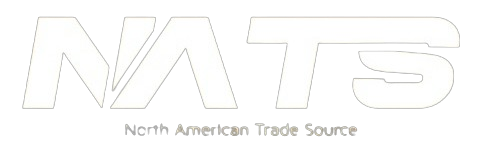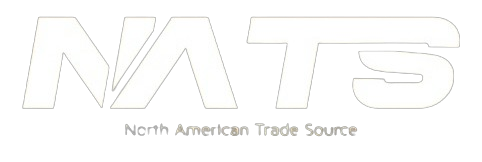A full bore valve has the same internal diameter as the pipeline, while a reduced bore valve is smaller and slightly restricts flow. Each has its own use case.
With proper maintenance, a quality ball valve from a trusted supplier like Natrade can last 10–15 years, depending on usage and media.
Yes. If the ball valve is designed with ISO mounting pads, it can be upgraded with an actuator to enable automated or remote operation.
High-pressure sectors like oil and gas, LNG terminals, and large chemical plants rely heavily on trunnion valves due to their strength and safety features.
Materials like brass, stainless steel, carbon steel, or PVC are chosen based on media, pressure, and temperature. Natrade consultants can assist in material selection based on your application.

